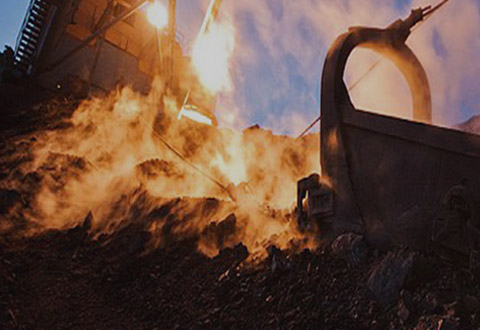
- Mobile Phone
- +8613931874955
- sales@cntcmetal.com
cost of wall ties
Understanding the Cost of Wall Ties A Comprehensive Overview
Wall ties are an essential component in masonry construction, serving as connectors between the outer and inner leaves of cavity walls. Their primary function is to provide structural stability and ensure that both leaves act as a single entity, thus enhancing the overall strength and durability of the wall. However, one crucial aspect that builders, architects, and engineers must consider is the cost associated with wall ties. This article delves into the various factors influencing the cost of wall ties, the types available, and how to effectively budget for this important construction element.
Types of Wall Ties
Wall ties come in various materials and designs, each with its own cost implications. The most common types include
1. Mild Steel Wall Ties These are the most basic and widely used ties due to their affordability. However, they are prone to corrosion, especially in damp environments, which may require additional protective measures. 2. Stainless Steel Wall Ties Although more expensive than mild steel options, stainless steel ties offer superior durability and resistance to corrosion. This makes them a preferred choice in coastal areas or regions with high humidity.
3. Plastic Wall Ties These are lightweight and do not corrode, but their strength and load-bearing capacity may be lower than metal ties. They can be a cost-effective solution in situations where structural loads are not overly demanding.
4. Variations in Design Wall ties also come in various designs, including vertical, horizontal, and twisted forms. The design chosen can affect the ease of installation and the cost.
Factors Affecting the Cost of Wall Ties
Several factors can influence the overall cost of wall ties in construction
1. Material Cost As seen above, the choice of material has a significant impact on cost. While mild steel may seem more economical upfront, the long-term expenses of maintenance and replacement in corrosive environments can negate any initial savings.
2. Quantity Required The scale of the project will determine the number of wall ties needed. Larger projects require more ties, which can significantly escalate costs. It’s essential to calculate the precise quantity required based on engineering standards and structural requirements.
cost of wall ties

3. Labor Costs Installation costs can also vary based on the complexity of the design and the tie’s installation process. Skilled labor will be required for precise installation, particularly in scenarios involving more complex tie designs or angles.
4. Regulatory Standards Building codes and regulations may dictate specific types of wall ties or installation practices, affecting both material and labor costs. Complying with local requirements is crucial and can lead to additional expenses.
5. Supplier Pricing Prices can vary widely among different suppliers. Bulk purchasing and establishing relationships with suppliers can lead to discounts, yet it’s essential to balance cost with the quality of materials.
Budgeting for Wall Ties
When budgeting for wall ties, it is important to consider not just the initial cost but also the long-term implications of your choices. Here are some tips for effective budgeting
1. Conduct a Cost Analysis Compare the costs of different materials and types of wall ties. Consider both the initial purchase price and the expected lifespan of each option.
2. Plan for Labor Factor in labor costs in your budget. Ensure that you allocate sufficient funds for skilled labor, particularly if your project involves complex installation requirements.
3. Allow for Contingencies Always include a contingency budget to account for unforeseen expenses or changes in project scope. This will help avoid financial strain during the construction process.
4. Consult Professionals Engage with architects and structural engineers who can provide insights into the best wall tie options for your project while keeping costs in check.
Conclusion
Wall ties may seem like a small component in the grand scheme of construction, but they play a vital role in ensuring structural integrity. Understanding the factors that influence their cost, the different types available, and effective budgeting strategies is essential for any construction project. Ultimately, making informed decisions about wall ties will not only enhance the quality of the structures we build but also ensure we are making wise investments in the longevity and safety of our buildings.
share:
-
Wall Ties for Concrete: Invisible Guardians of Building Structural StabilityNewsAug.08,2025
-
Timber Frame Wall Ties: Stable Bonds for Load TransmissionNewsAug.08,2025
-
Stainless Steel Woven Wire Mesh: A versatile material from boundary protection to functional supportNewsAug.08,2025
-
Powder Coat Coil Springs: Creating peace of mind and reliability with sturdy protectionNewsAug.08,2025
-
Floor Standing Sign Holder: A Powerful Assistant for Flexible DisplayNewsAug.08,2025
-
Binding Iron Wire: An Invisible Bond for Building StabilityNewsAug.08,2025
-
Yard Sign Stakes: Reliable Guardians of Outdoor SignsNewsAug.04,2025



















